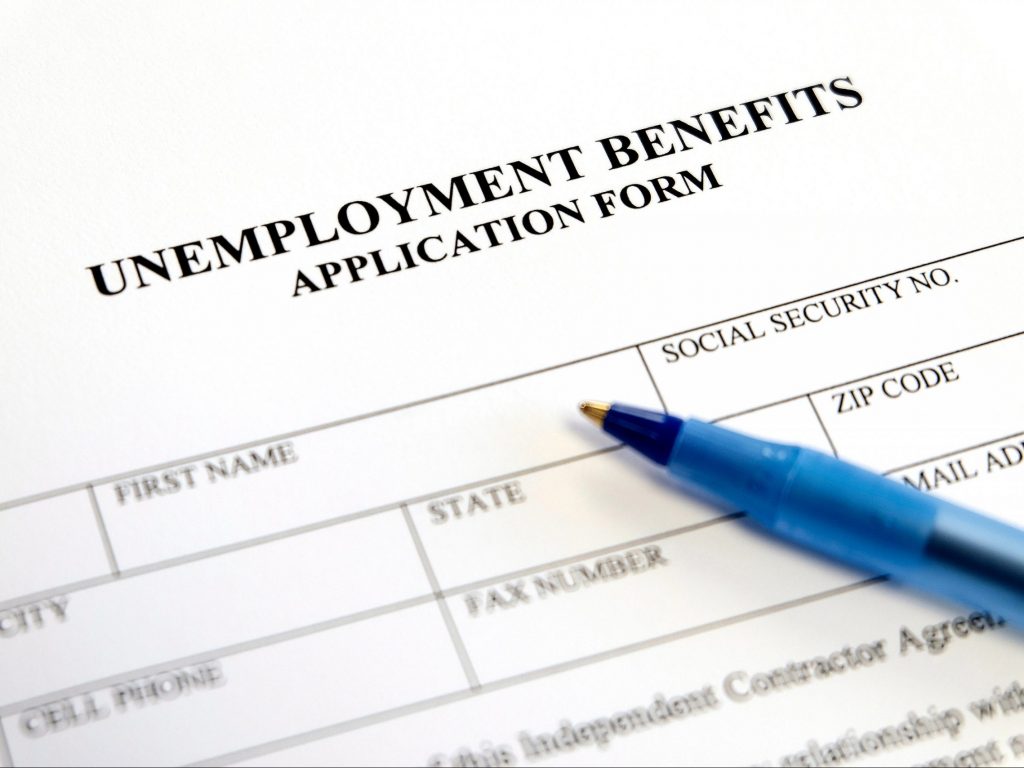The Extended Benefits (EB) program extends the coverage of unemployment insurance (UI) during times of intense need. Although the EB program has been activated in every state except South Dakota during the pandemic, it has now started to turn off in many states where millions of people are still unable to find work.
By default, EB benefits are activated in states where the 13-week Insured Unemployment Rate (IUR) is (1) above 5% and (2) 120% of the average of the rates for the corresponding 13-week period in each of the two previous years. The IUR is the ratio of people receiving regular UI to the total number of workers covered by the program, including workers who are currently employed.
But states can also opt in to having EB activated when their state’s Total Unemployment Rate (TUR) for the past three months is (1) above 6.5% and (2) 110% of the rate for the corresponding three-month period in either or both of the two previous years. The TUR is the ratio of unemployed people to the size of the entire labor force.
The Department of Labor releases weekly Trigger Notices that provide status updates on each state’s EB program. These reports show that over a dozen states could have had their EB programs remain active for longer if they had opted into the TUR trigger.
As seen in the table below, there are currently five states — Arizona, Hawaii, Louisiana, Maryland, and Mississippi — where the EB program is inactive solely because the state government has chosen not to opt into the TUR trigger. There are an additional two states — New Mexico and Pennsylvania — that run the risk of having their EB programs prematurely deactivated in the near future if they do not adopt the TUR trigger.
| Extended Benefit Trigger Usage | States* |
| States utilizing IUR and TUR already (EB program active) | AK, CA, CO**, CT, DC, IL, MA, MI, NV, NJ, NY, RI, TX, WA |
| States utilizing IUR and TUR already (EB program inactive) | DE, GA, KS, KY, MN, NC, NH, OH, OR, SC, VT |
| States only utilizing IUR (EB program active) | NM, PA |
| States only utilizing IUR (EB program inactive according to IUR but would be active if utilizing TUR) | AZ, HI, LA, MD, MS |
| States only utilizing IUR (EB program inactive according to both IUR or TUR) | AL, AR, FL, ID, IN, IA, ME, MO, MT, NE, ND, OK, SD, TN, UT, VA, WI, WV, WY |
*Reflects 13-week IUR ending February 20th and 3-month TUR through December.
**Updated state laws to include TUR after low IUR forced EB de-activation in November. Listed as reactivated on 2/28 Notice.
Retroactively Adopting the TUR Trigger
In normal times, if states opt into the TUR trigger after the IUR trigger deactivates, they would have to wait through the mandated 13 week shutoff before the trigger can go into effect. Given this waiting period, all states should have already adopted the TUR trigger on a permanent basis rather than waiting for crises to hit.
The federal relief bill from last December displaced this normal rule by providing the following two waivers:
- A waiver that allows states to avoid the 13-week mandated shutoff when adopting the TUR trigger.
- A waiver that allows states “to waive their effort to collect overpaid Pandemic Unemployment Assistance (PUA) payments from their recipients.”
By taking advantage of these waivers, states can activate the TUR trigger and have it take effect for qualifying weeks starting November 1 2020 onward. Any PUA overpayments resulting from this retroactive activation can also be waived. To use this approach most efficiently, federal guidelines allowing for broad application of overpayment waivers when a state retroactively adopts TUR are needed.
It is true that states are also dealing with serious budget issues. However, if the choice is between giving additional protections to unemployed residents now or frugal spending, states should prioritize activating their EB programs. Budgets are fixable, the health and economic damage caused by severe loss of income often is not.

